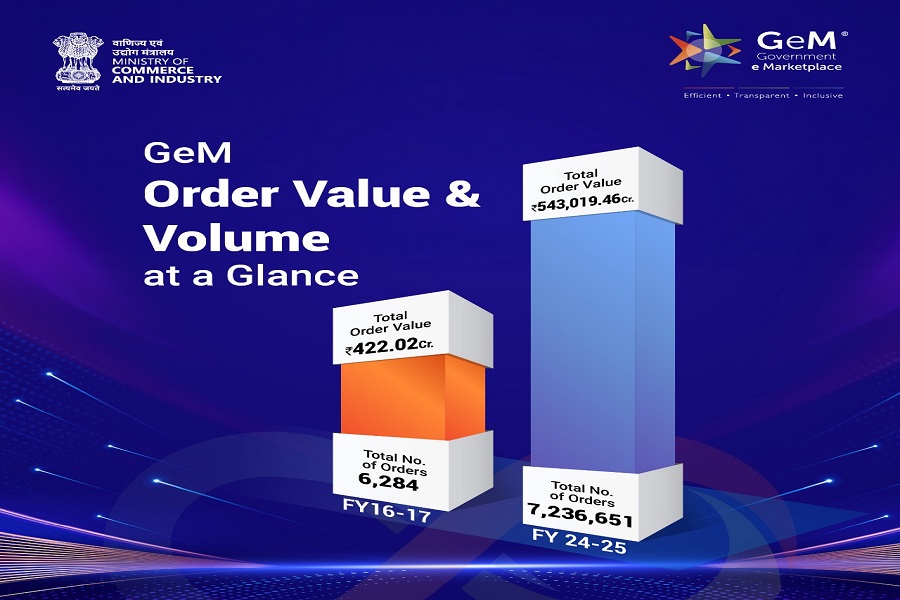Cotton`s 2023/24 Outlook: Reduced U.S. Production, Global Changes, and Price Stability by Amit Gupta, Kedia Advisory

U.S. Cotton Outlook (2023/24)
Lower Production: The 2023/24 U.S. cotton production is 315,000 bales lower than the previous month's estimate, totaling 12.8 million bales. This decrease is attributed to lower yields in Texas, which offset gains in other regions.
Reduced Exports: Cotton exports for the 2023/24 season are projected to be 100,000 bales lower, down to 12.2 million bales.
Lower Ending Stocks: Due to the lower production and reduced exports, ending stocks are reduced by 200,000 bales.
Stable Price Forecast: The season-average price for upland cotton in 2023/24 is forecast to remain unchanged from the previous month at 80.0 cents per pound. This price is nearly 5 cents below the final price for the 2022/23 season, which was 84.8 cents per pound.
Global Cotton Outlook (2023/24)
Reduced Beginning Stocks: World beginning stocks of cotton for the 2023/24 season are 10.3 million bales lower than the September estimate, totaling 82.8 million bales. This significant reduction is primarily due to an accounting change related to Brazil, dating back to the 2000/01 season.
Lower Ending Stocks: The world balance sheet for 2023/24 shows a reduction of 10.0 million bales in ending stocks, also because of the accounting change related to Brazil. This change reflects the timing of Brazil's harvest and has led to adjustments in the balance sheet.
Brazil Crop Increase: The estimate for USDA's 2023/24 Brazil cotton crop has been increased by 160,000 bales, totaling 14.56 million bales. This adjustment is based on a revision made by Brazil's Companhia Nacional de Abastecimento (CONAB) on October 10.
Minor Global Changes: There are small changes in the world 2023/24 cotton balance sheet. Global production has increased by 210,000 bales since September, primarily due to larger crops in Brazil, Argentina, and Tanzania, which offset reductions in the United States, Australia, and Greece. World consumption and trade have seen minor reductions of 89,000 bales and 35,000 bales, respectively.
In summary, the U.S. cotton outlook for 2023/24 indicates lower production, exports, and ending stocks compared to the previous month, with stable price forecasts. The global cotton outlook reflects significant changes related to an accounting adjustment for Brazil, which has impacted both beginning and ending stocks. Additionally, there have been minor production changes globally, with modest adjustments in consumption and trade.
Above views are of the author and not of the website kindly read disclaimer










Tag News

Quote on Gold 02nd January 2026 by Jateen Trivedi, VP Research Analyst - Commodity and Curre...












